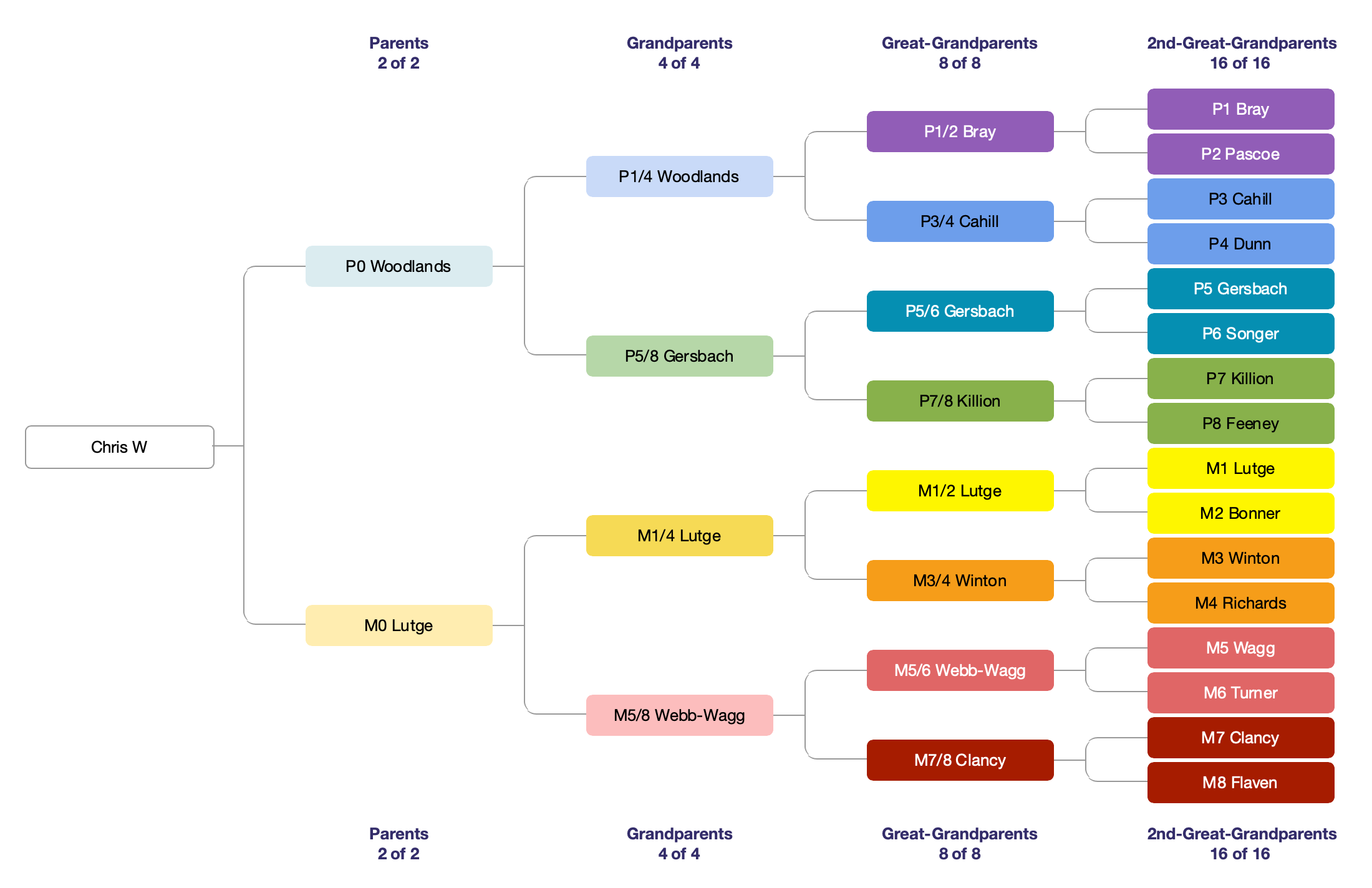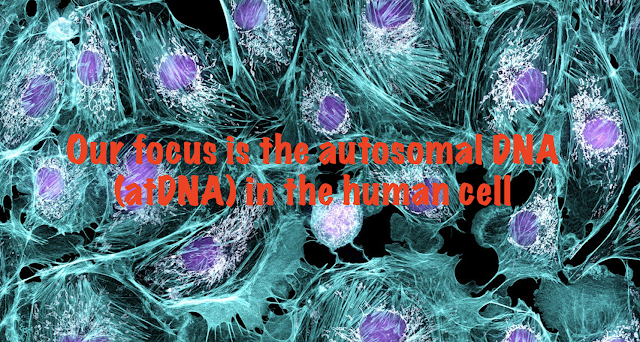MODULE 2 Preparation: Sorting your AncestryDNA matches into "custom" groups
Sorting your AncestryDNA matches into the likely ancestral line/s they share with you is the first step in solving your DNA dilemma.
Dana Leeds introduced her grouping method to us in 2018. It's ideal if you know very little about the common ancestors you share with your AncestryDNA matches. So it's great for adoptees or people looking for a parent.
However, if you know more about the common ancestors you share with some of your AncestryDNA matches, my "twisted" Leeds Method allows you to develop your groups based on your known biological pedigree. But remember that we are looking at our AncestryDNA matches to "prove our pedigree" from our parents back by generation.
In this module, we'll start by looking at the Leeds Method and then move on from there. I've looked at many approaches to using the AncestryDNA grouping and will be presenting the one that I've found works best for me. Like most things with genetic genealogy, a systematic approach is essential. When I work with others, my first step is very often to create order out of the disorder of their groups.
AncestryDNA had twenty four custom groups. I sort my matches to my sixteen 2nd great-grandparent lines - eight paternal P1 to P8 and eight maternal M1 to M8. You might prefer to-
- start with sorting to your paternal (P0) and maternal (M0) lines and
- then sort into your four grandparent lines - two paternal P1/4 and P5/8 and two maternal M1/4 and M5/8.
The grouping possibilities are limitless. It all depends on what works best for you to resolve your DNA dilemma. However you allocate your groups, YOU MUST BE SYSTEMATIC!
- Open a free account at DNA Painter HERE and select "Register for a new account".
- This free account allows you to create one Ancestral Tree. You can do this by choosing "Create a new tree". See first image below.
- Simply hover over each person on the pedigree tree and select "Add/Edit" and record the details eg P1/4 Smith.
- Use the cog on the right hand side of the screen to download your tree. See second image below.
Please post any questions or comments in BASECAMP.





